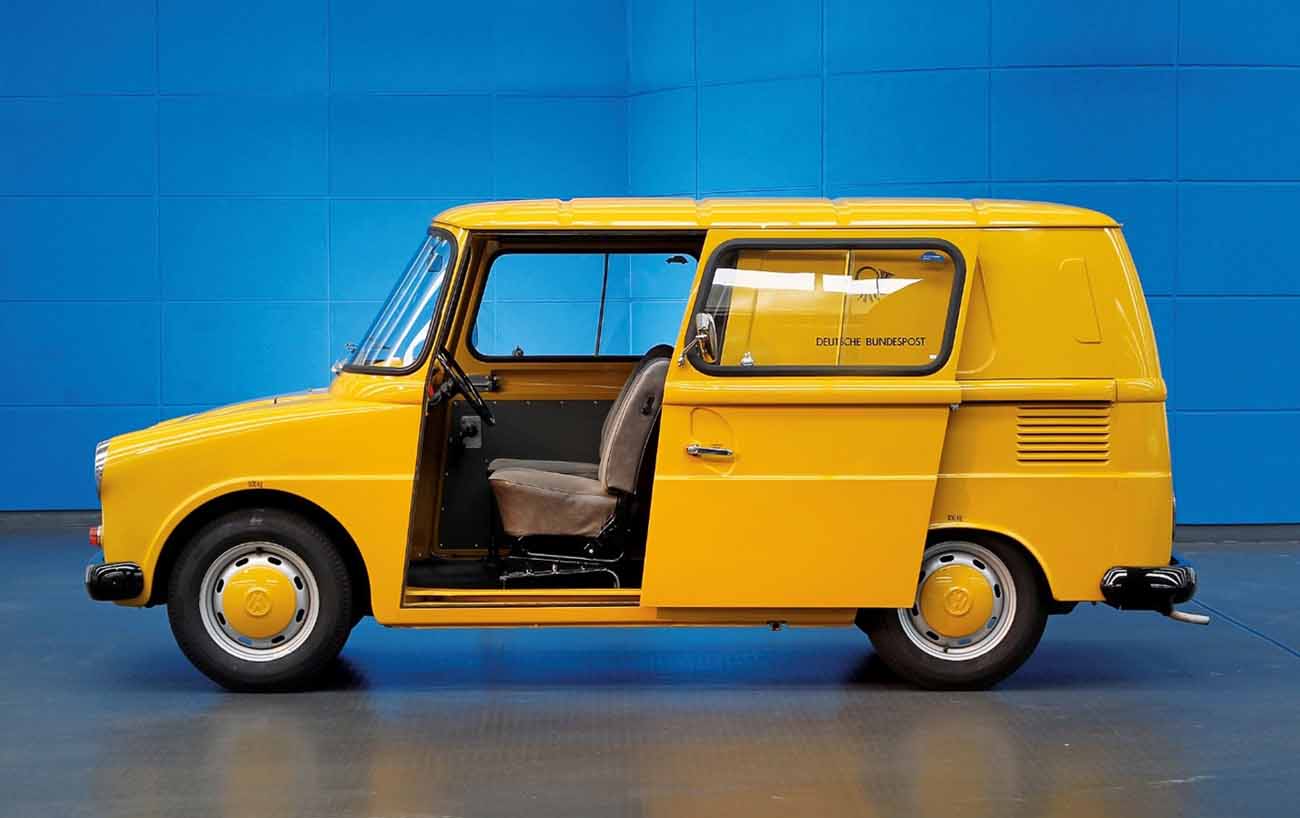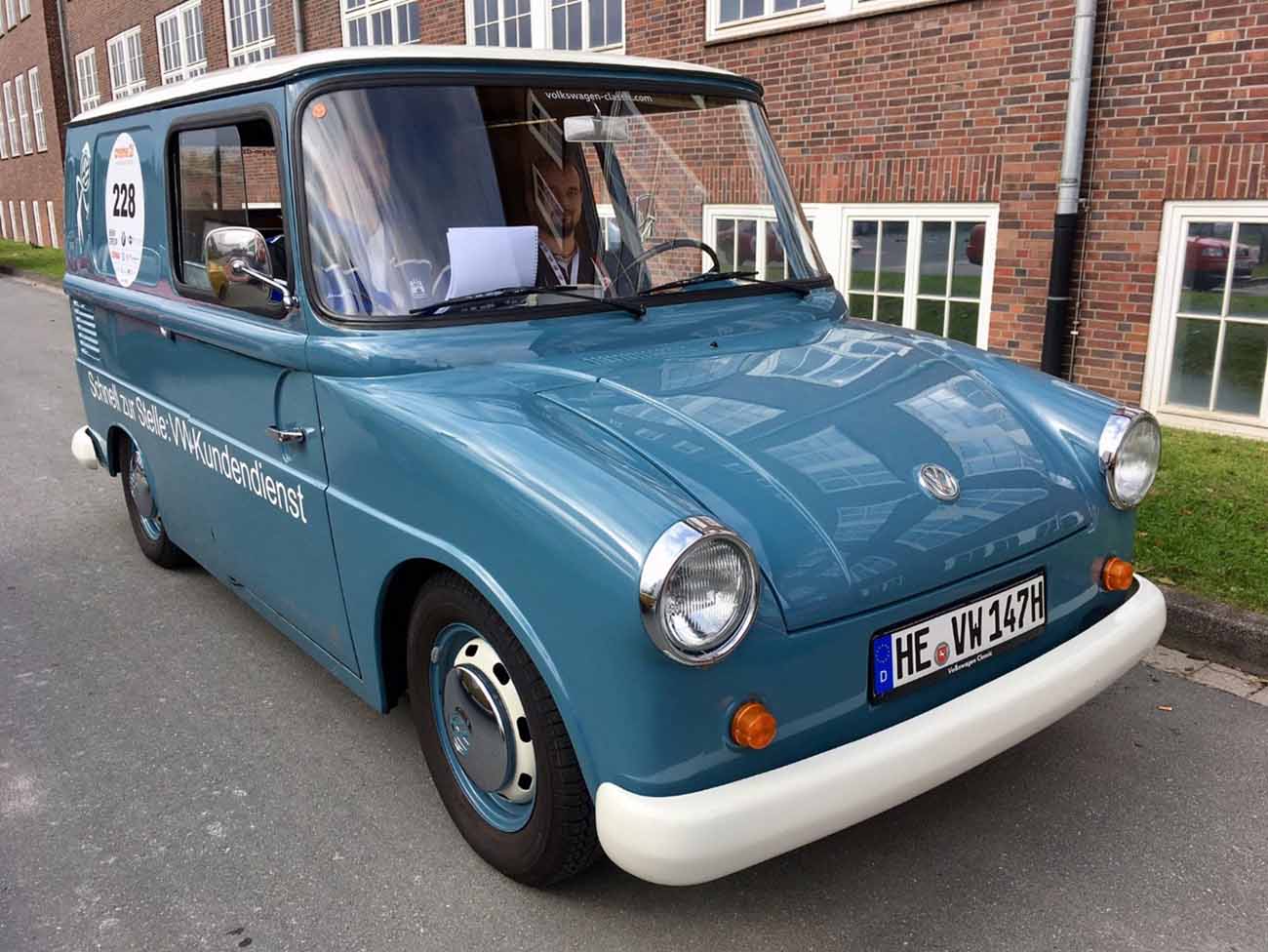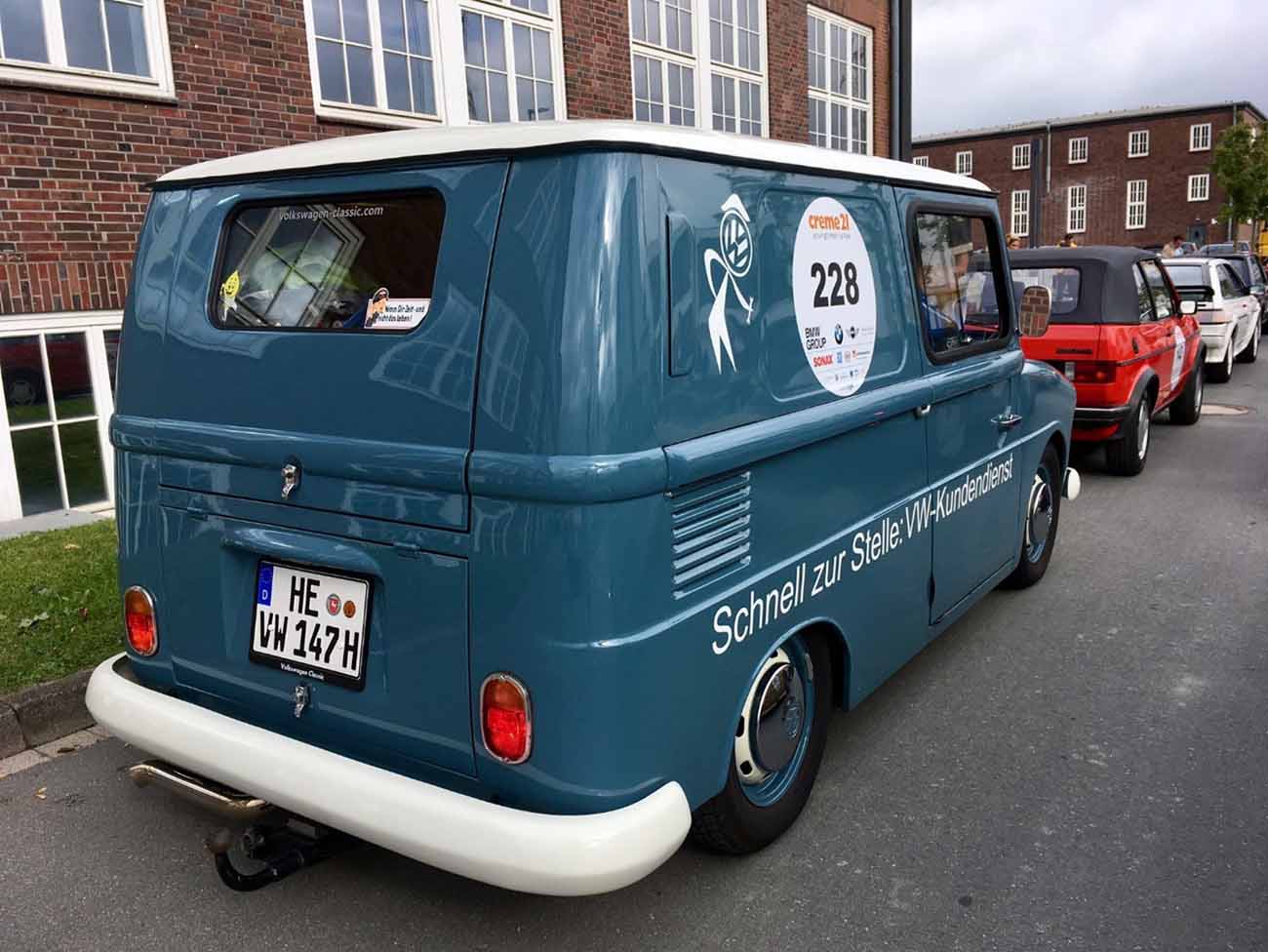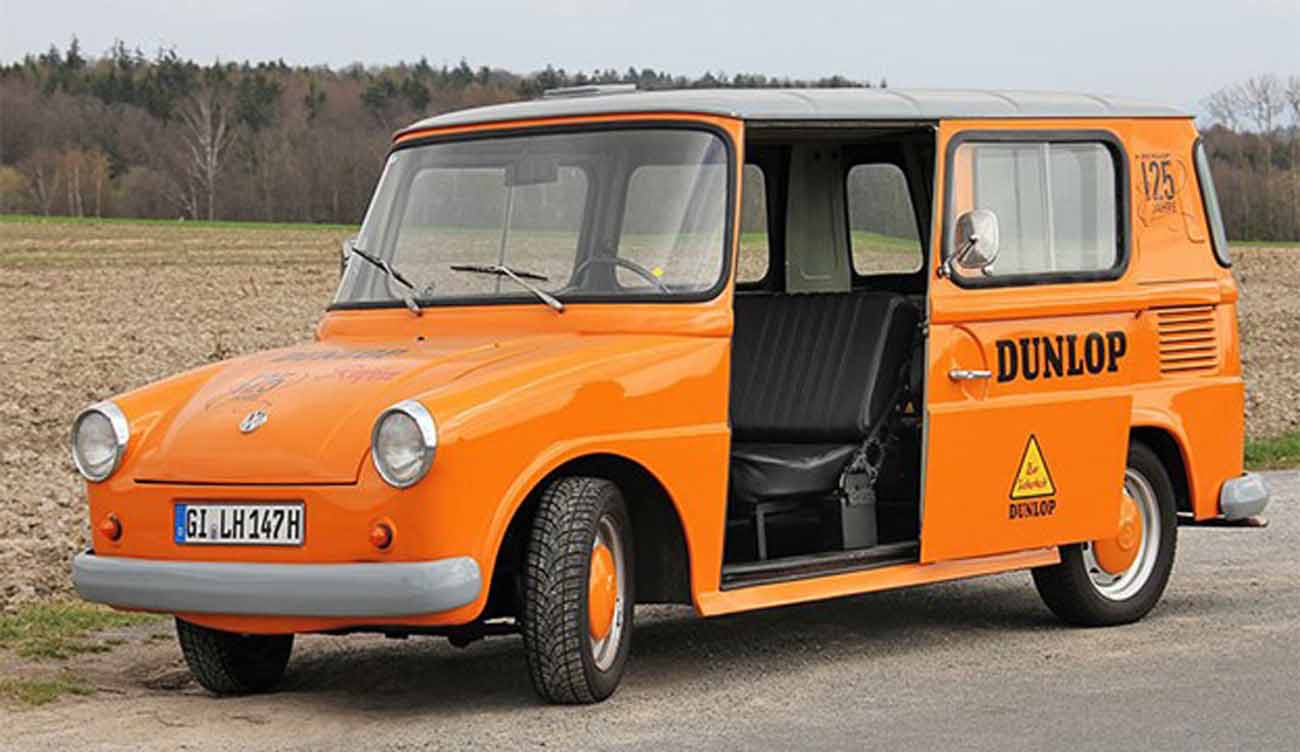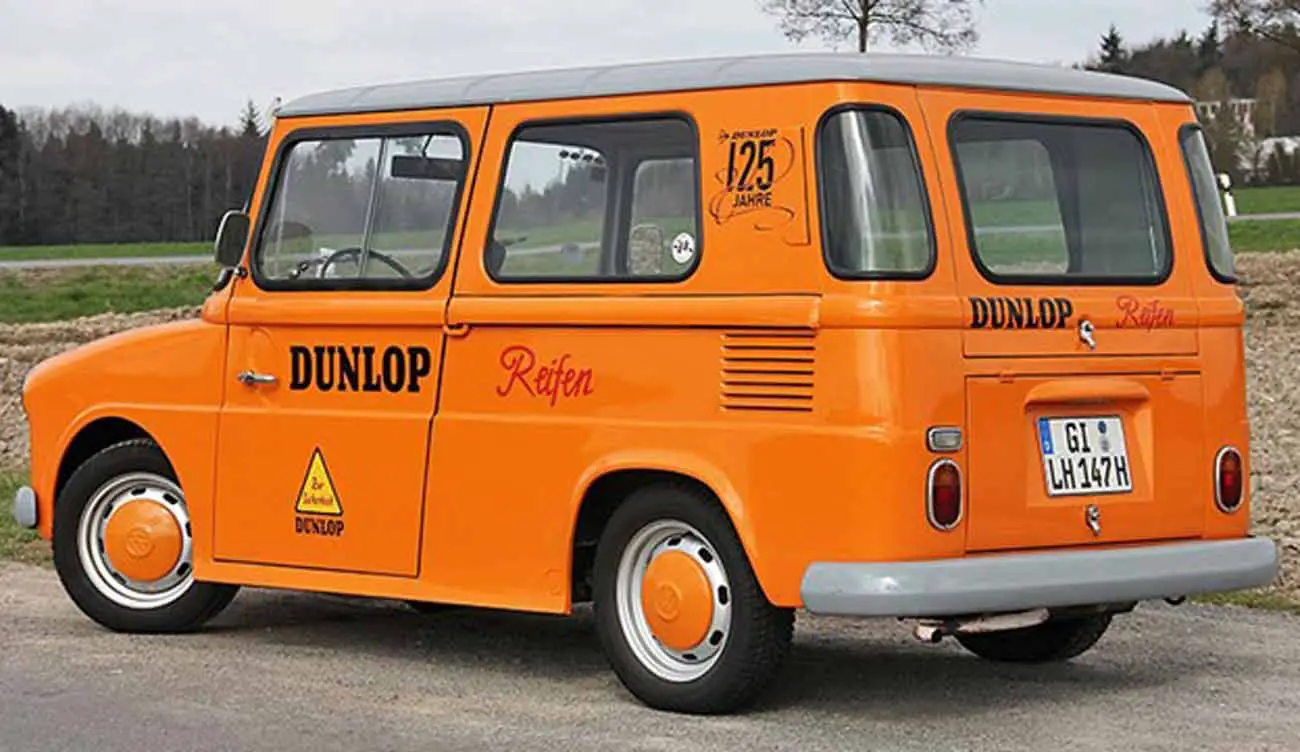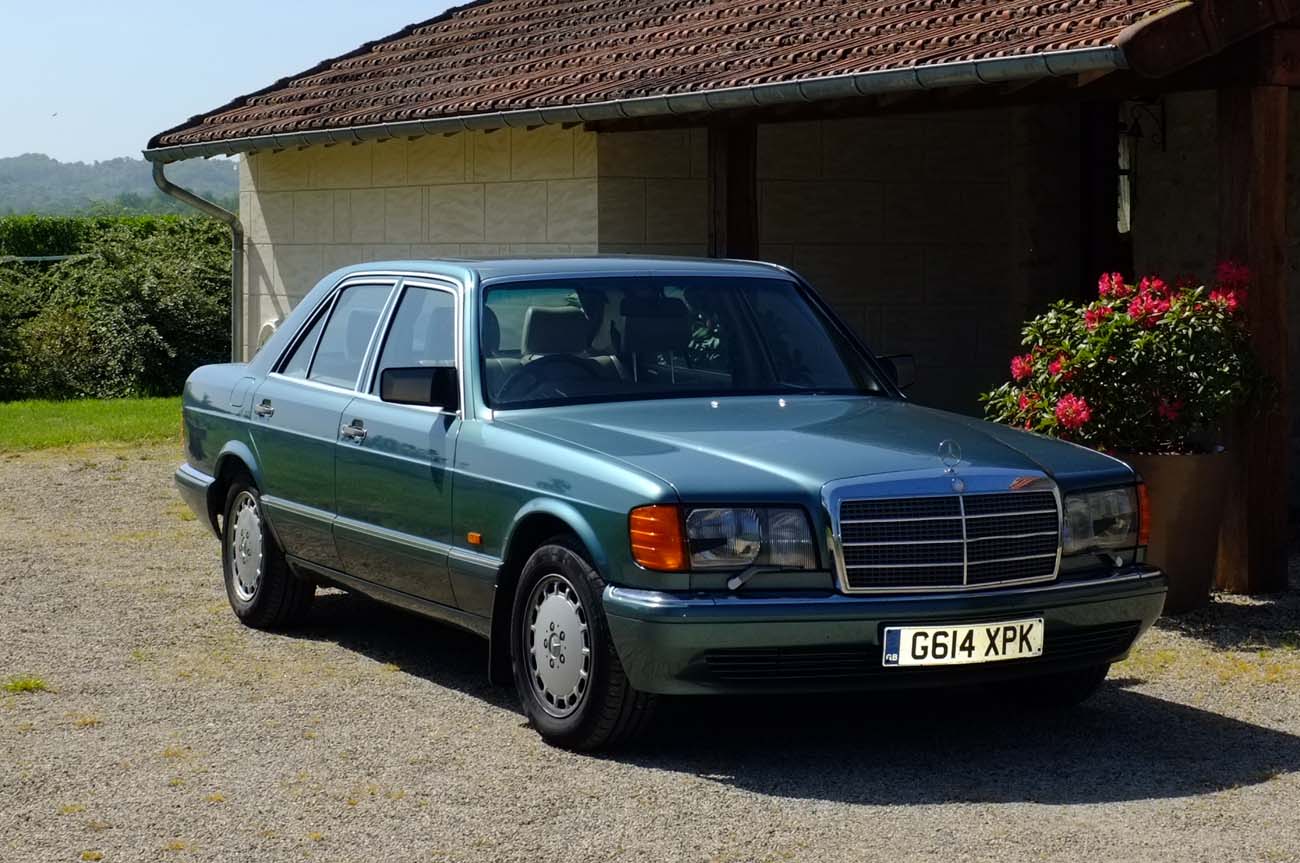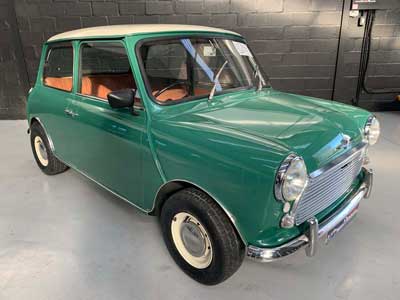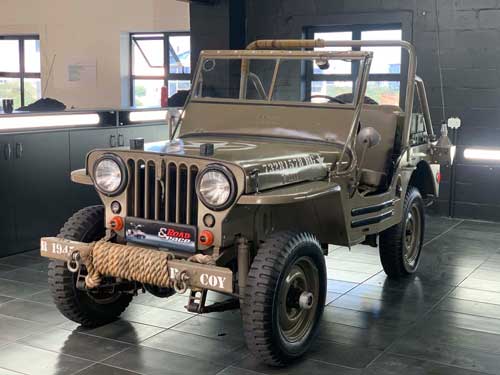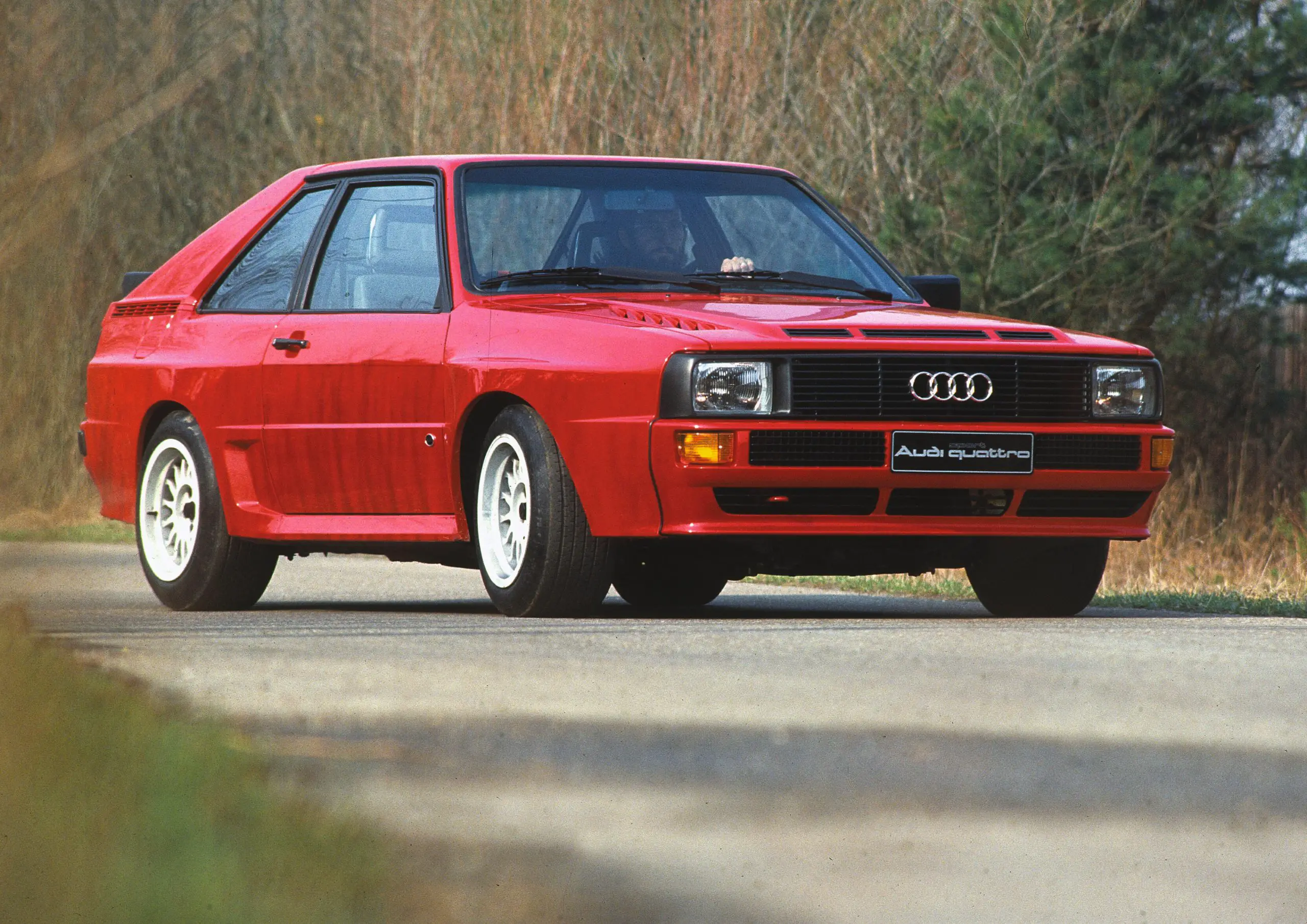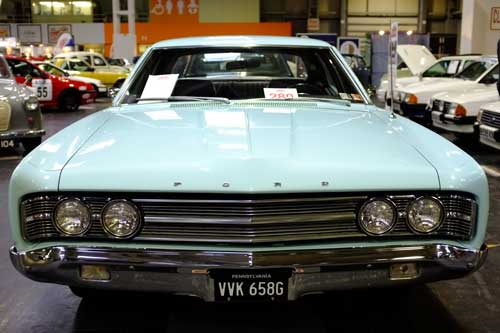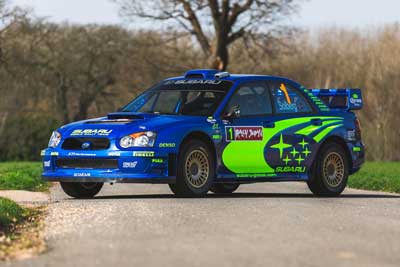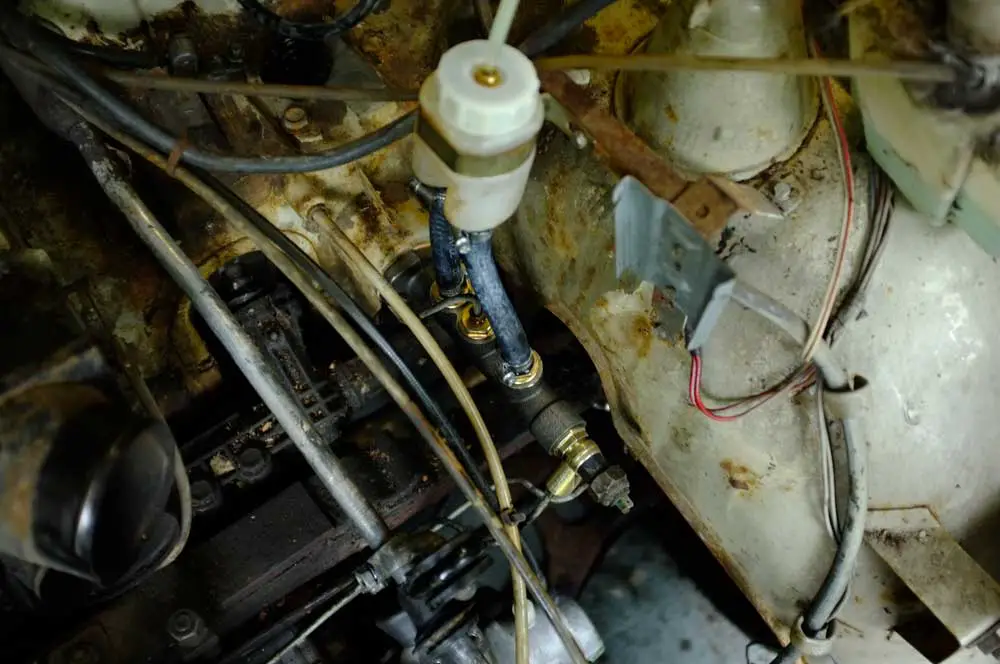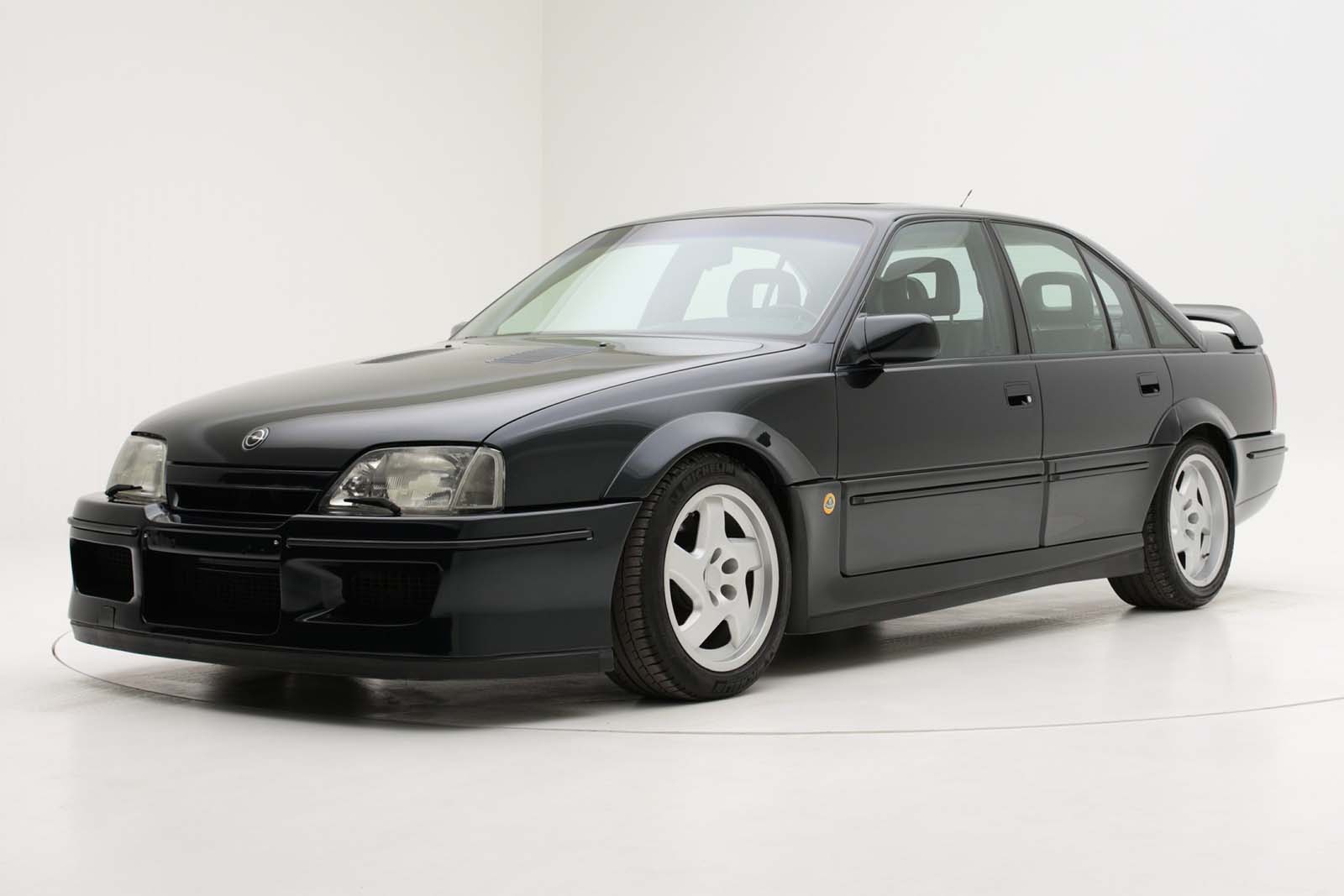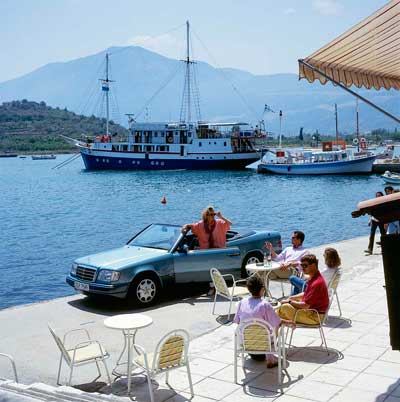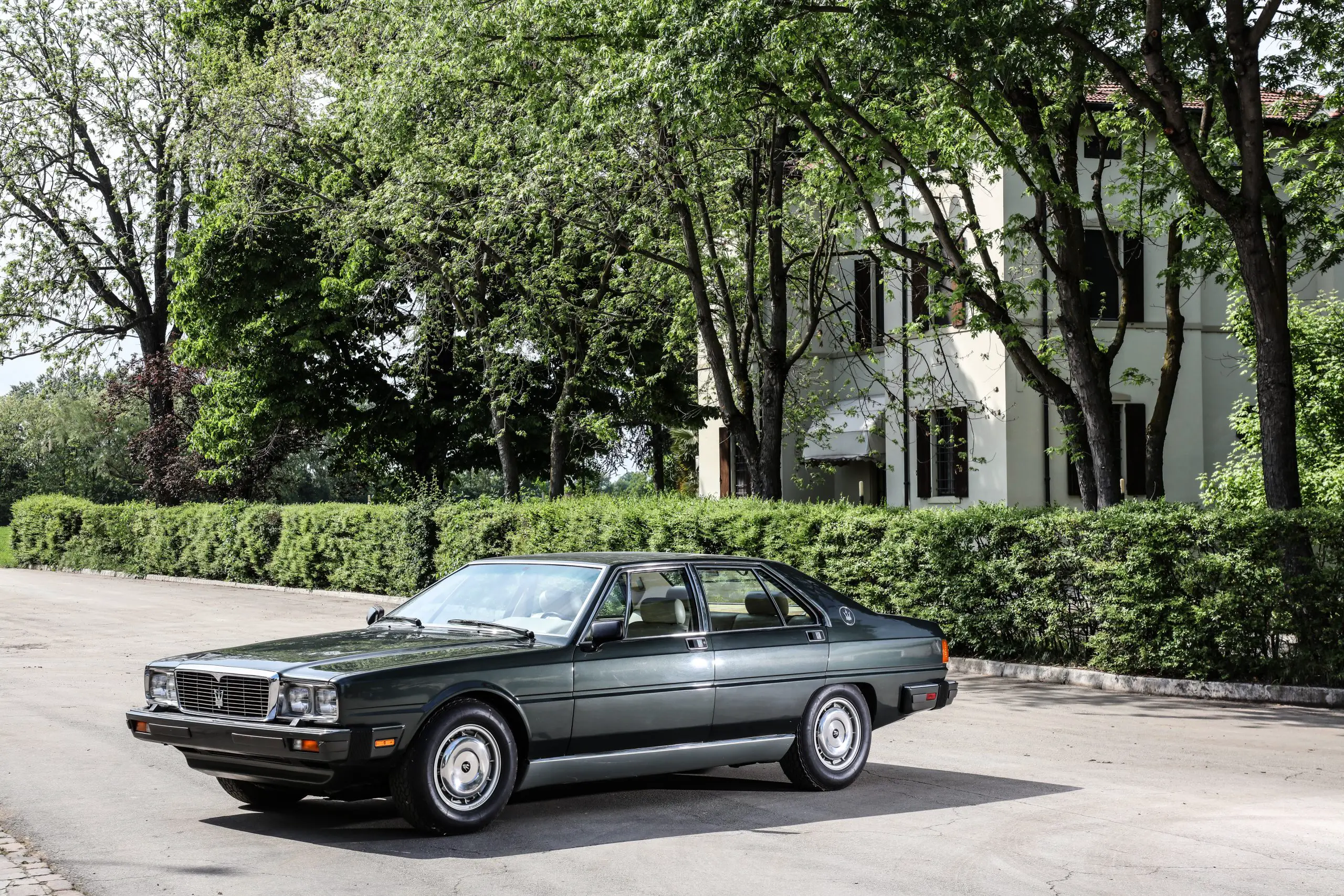
The Volkswagen Fridolin Mail Truck Engineered For The German Postal Service
The Beetle gave cheap transportation to the masses, but there is another vehicle from VW that has historic significance and that’s the Fridolin van. Originally called the Type 147 Kleinlieferwagen, this strange tall, narrow, and small wagon is now something of a collector’s vehicle when it was once a common sight on German and Swiss roads. The little truck stood out and was the way people could tell their mail was on its way.
Volkswagen didn’t create a truck to sell it was the German Postal Authority that asked them back in the 1960s to build a vehicle purposely for the task of mail delivery. Up until that point the agency was interested in using the Goggomobil Transporter, something of a small SUV which was popular at the time. But a test run made them realise they needed something larger, more efficient and more reliable.
VW were given a series of specifications to meet, set dimensions and capabilities. An extensive cargo capacity was needed, and it must have a payload of at least 750 pounds. With two sliding doors for easier access too.
Of course, Volkswagen would use the beetle as a basis for the prototype, but it wasn’t quite as simple as that. They went through their catalogue of vehicles and came up with a mixture of parts from their air-cooled range.
The engine and transmission were from the Beetle, the chassis came from the Karmann Ghia. The rear body came from parts of the Type 2 Microbus and the headlight assemblies were from the Type 3 Notchback. You can see where they cut and shut different parts of the Microbus to achieve the van like rear.
The prototype weighed in at over a ton, making it more substantial than the doner vehicles, which was enough to satisfy the postal authority. VW put the vehicle into production at Westfalia-Werke in 1964. Over 6,000 of them were built by the time production had ended in 1974.
The little truck impressed the Swiss postal service too and they ordered just over 1,000 of them to use, but with a few modifications. Their version had different interiors, more windows, a larger engine, front disc brakes and exterior mirrors on the front fenders.
The state owned and operated the Fridolin for over a decade, but the origins of the name are unknown. Some say it was due to a Volkswagen worker saying it looked like a colleague of the same name. Another potential source says it’s similar to a German word for small boy or child.
Typically, postal service vehicles lead a hard life and aren’t seen as being worth preserving so less than 200 of these remain. This has made them quite collectable and those once considered as scrap have been lovingly restored.
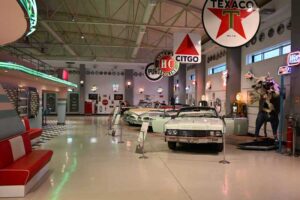
Ural Ataman Classic Car Museum – Istanbul, Turkey
This has to be one of the nicest private collections I have seen, the Ural Ataman Museum in Istanbul, turkey has not only a wide
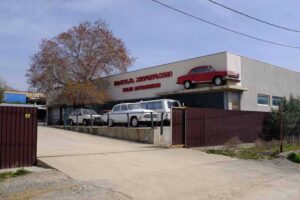
Tbilisi AutoMuseum Car Museum – Georgia
You may not have heard of this, but the small car museum in Tbilisi Georgia really has quite a lot to see. Buried in an
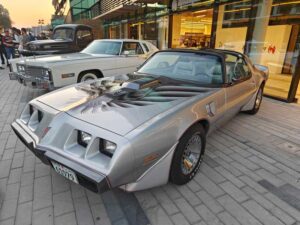
Bahrain Bike Week Classic Car Show December 2024
Bahrain Bike Week is the biggest event of its kind in the Middle East and the 2024 one was no exception. It’s not just the

Ford Motor Company Bring Back Group 5 Mk1 Escort & Group B RS200 With The Help Of Boreham Motorworks
Ford have granted a licence to Boreham Motorworks, a division of the DVRN Automotive Group, to produce new versions of not just the Mk1 Escort
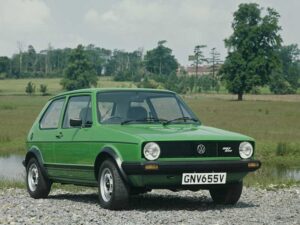
The VW Golf At 50 Years Old
Europe’s number 1 selling car the VW Golf has reached 50 years old this year, starting production on the 29th of March 1974. In
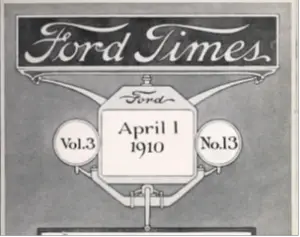
Ford’s Heritage Vault Makes The Ford Times Magazine Available To The Public
Ford’s expansion through the early 20th century was something to behold, the rapid growth of the company and the success of the Model T led
